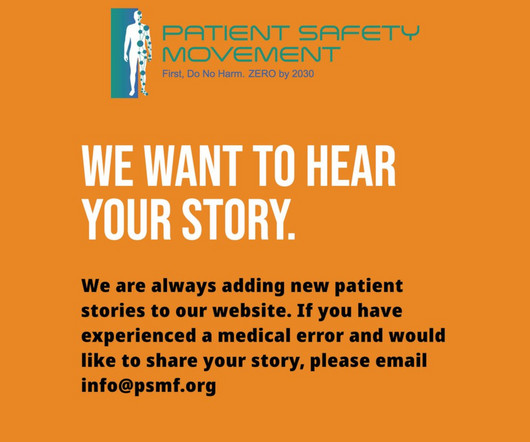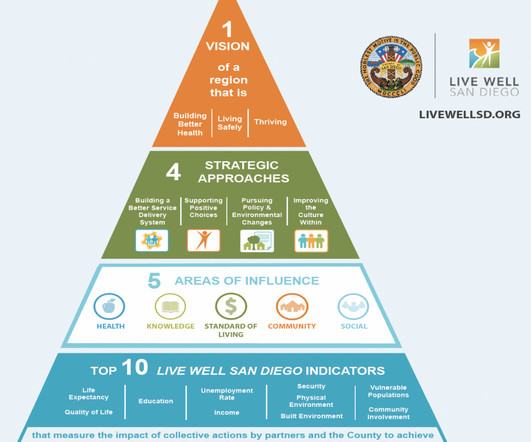Remote patient monitoring reduces blood pressure for patients in New York State
Healthcare It News
JULY 15, 2024
That poses a substantial burden for hospitals and health systems – and necessitates a paradigm shift in management strategies, clinicians say. It encompasses Erie County Medical Center, one of only five public hospitals in New York State and the region's only Level 1 Adult Trauma Center.












Let's personalize your content